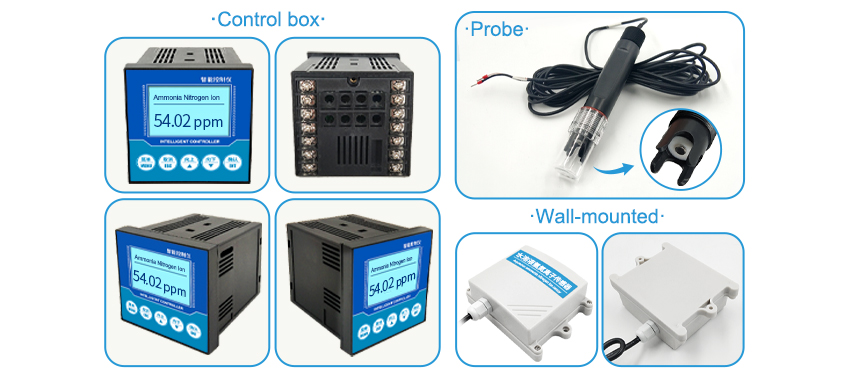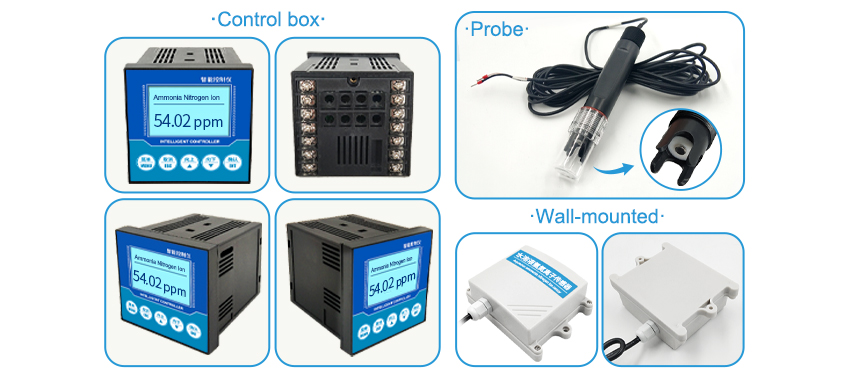Access to safe and clean water is a basic human need and is essential for the survival and well-being of people and ecosystems. However, water pollution is a global challenge that threatens the availability and quality of freshwater resources. Water pollution can have severe consequences for human health as well as environmental and economic sustainability. For this reason, water quality monitoring is vital to ensure that our water resources are safe and healthy. In this article, we will explore the current state of our water and the emerging trends in water quality monitoring.
Water Quality Monitoring
Water quality monitoring involves analyzing physical, chemical, and biological qualities of water to determine its suitability for consumption, recreation, and ecosystem health. This process is essential since it helps identify possible sources of contamination and provides information for improving water management practices. The measurement of water quality parameters such as temperature, pH, dissolved oxygen, total suspended solids (TSS), and nutrients can reveal the presence of pollutants such as pathogens, heavy metals, pesticides, and microplastics, among others.
Current State of Water Quality
The state of water quality has been a subject of concern globally due to increased contamination levels in recent years. A study by the United Nations Environment Programme (UNEP) shows that more than 80% of wastewater generated worldwide flows back to the ecosystem without adequate treatment, leading to water pollution and degradation of aquatic habitats. In addition, population growth, urbanization, climate change, and industrialization have contributed significantly to the deteriorating water quality.
Water Quality Monitoring Trends
To combat water pollution, various emerging trends in water quality monitoring have emerged worldwide. These innovations aim to enhance data collection, analysis, and reporting while improving the accuracy and reliability of water quality results. Below are some of the current trends in water quality monitoring:
Remote Sensing Technology
Remote sensing technology involves using satellites or airborne sensors to detect water quality parameters remotely. This technology is beneficial in areas where access to water is challenging, and on-site monitoring is impossible. Remote sensing technology allows for the detection of pollutants such as algae blooms and sediment plumes that are visible from space but difficult to observe in situ.
Mobile Water Quality Sensors
Mobile water quality sensors use real-time data collection and transmission technology to monitor water quality parameters such as temperature, pH, and dissolved oxygen. These portable devices operate efficiently in the field, with the data transmitted to a central database for analysis, interpretation, and reporting. Mobile water quality sensors enhance the rapid detection and response to pollution incidents while improving the accuracy and reliability of water quality data.
Artificial Intelligence (AI) and Machine Learning
AI and machine learning involve using algorithms to analyze water quality data automatically. These technologies can identify trends and patterns that may not be apparent to humans, allowing for accurate predictions of potential pollution incidents. This automated approach helps water managers make informed decisions promptly, significantly reducing the risks posed by water pollution.
Big Data Analytics
Big data analytics aims at managing, processing, and analyzing vast amounts of water quality data from multiple sources. This approach provides insights into complex water quality systems and enables effective decision-making regarding water management. Real-time big data analytics improves the detection and prevention of water pollution, enhancing the overall health of freshwater ecosystems.
Conclusion
In conclusion, water quality monitoring is a crucial element in ensuring access to clean drinking water and healthy freshwater ecosystems. The current state of global water quality presents significant challenges to human health and environmental sustainability. However, emerging trends in water quality monitoring provide hope for improved systems to manage and preserve freshwater resources.






